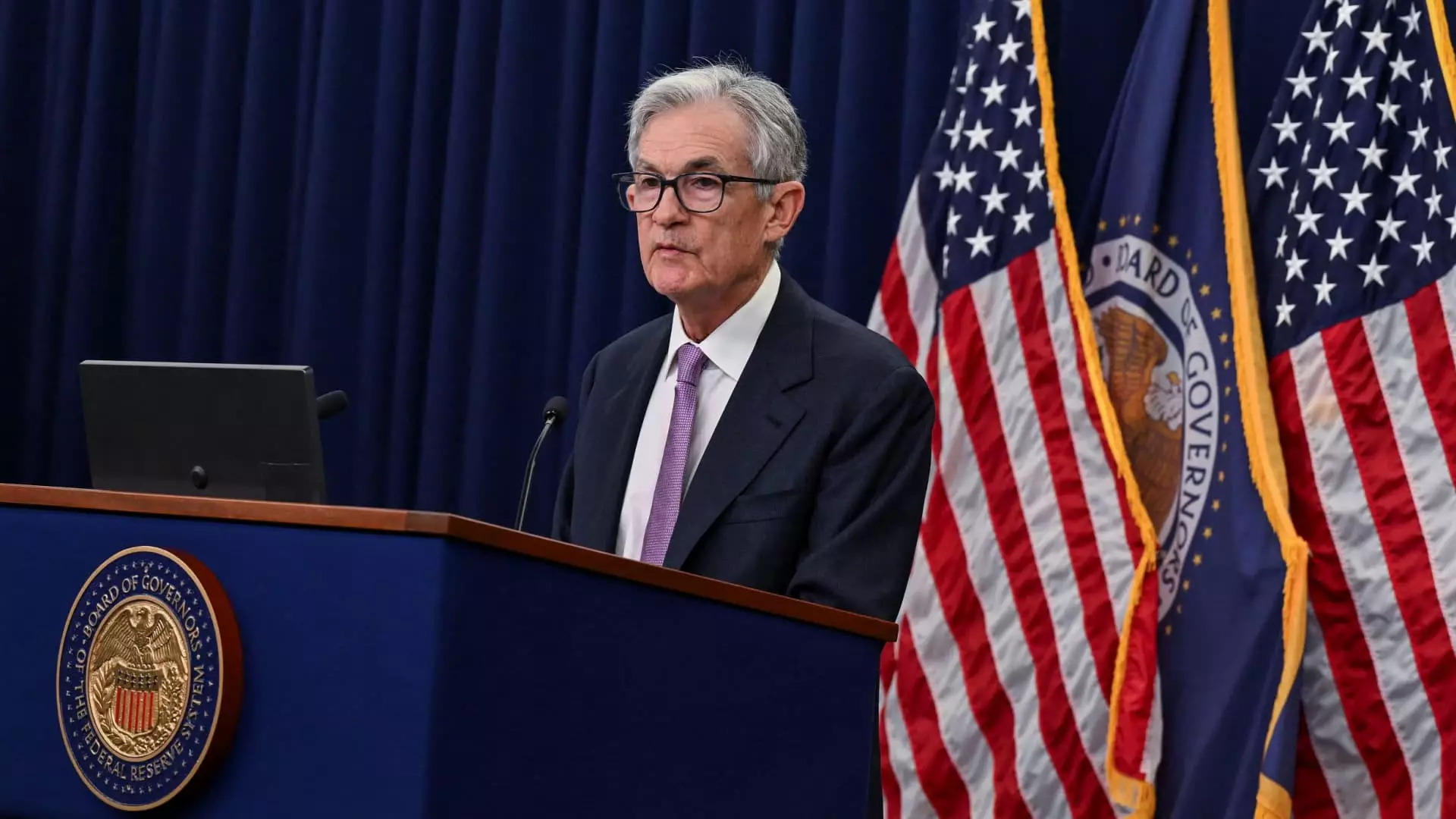In the most recent minutes from the Federal Open Market Committee (FOMC) meeting, officials exhibited a cautious optimism regarding the trajectory of inflation and the robustness of the labor market. These reflections come in light of current economic indicators that, while suggesting some easing of inflation pressures, still indicate levels above the Federal Reserve’s target of 2%. The Fed’s stance appears to be that a gradual course of action will be necessary—one that acknowledges the persistent uncertainties surrounding both inflation metrics and the broader economic landscape.
Higher prices, particularly in shelter costs, have been a significant factor in the inflation debate. Policymakers are hopeful that these specific pressures will eventually subside, but the path forward remains uncertain. The Fed’s confidence is juxtaposed against a backdrop of fluctuating market sentiments, especially after the recent presidential election, which introduced additional complexities into fiscal policy forecasts.
Interest Rate Adjustments: A Gradual Approach
The FOMC decided to lower the benchmark borrowing rate by 25 basis points during this meeting, bringing it to a target range of 4.5% to 4.75%. This moves reflect a shift toward a more accommodative monetary policy, albeit a gradual one. Officials noted that if inflation continues on its projected path, with sustained decreases back toward the 2% goal along with solid employment figures, further interest rate cuts may be warranted. However, the specifics of timing and magnitude remain unspecified—a tactic that both addresses uncertainty and sets a cautious tone.
Interestingly, there are signs that the markets are moderating their expectations for these cuts. With the implications of President-elect Trump’s upcoming policies becoming clearer, concerns emerge about potential inflationary pressures stemming from his plans for trade tariffs and deregulation. Thus, this lends a layer of complexity to rate forecasts, as the interplay between fiscal actions and existing monetary policy becomes a focal point for economic analysts.
The sentiment in the markets reflects a growing skepticism surrounding the likelihood of immediate interest rate cuts. The probability for a December reduction has fallen below 60%, and the current projections suggest only modest cuts of three-quarters of a percentage point by the end of 2025. This pullback in optimism can be attributed to the ambiguous economic signals emerging from both home and global fronts. Concerns run high regarding how Trump’s administration might alter the economic environment, potentially complicating the Fed’s adjustments to monetary policy.
As officials navigate these turbulent waters, they must also contend with rising stock market volatility, which according to staff observations, saw fluctuations leading up to the November election results. Such volatility can be indicative of market fears and investor uncertainty, further complicating economic forecasts.
Throughout the meeting, FOMC members discussed the multipartite influences on inflation trends, reiterating their belief that the current inflation is not wholly aligned with a robust economy. Notably, numerous participants highlighted that the gradual softening of business pricing power, coupled with the Committee’s restrictive monetary policy stance, was likely to exert continued downward pressure on inflation outcomes. Furthermore, there exists a consensus among officials that long-term inflation expectations remain anchored, an assertion that they believe is pivotal for sustainable economic stability.
Despite the disquiet surrounding the labor market, which added only 12,000 nonfarm payrolls in the previous month—a figure diminished by seasonal weather impacts and strikes—the Fed’s broader consensus suggests that labor conditions are stable. Continuous low rates of layoffs point toward an underlying resilience in employment conditions, suggesting that while the growth may have stalled, a crash is not imminent.
The road ahead for the Federal Reserve is lined with both opportunities and challenges. While there is a collective belief that inflation is treading downward toward its target and that the labor market remains fundamentally solid, there are critical uncertainties regarding macroeconomic variables and impending fiscal policies. As the markets recalibrate their expectations for monetary policy, the members of the FOMC must maneuver these complexities with caution, balancing immediate economic needs against long-term stability. Moving forward, the clarity and transparency of their monetary policies will be paramount in earning and maintaining market confidence amidst an evolving economic landscape.

